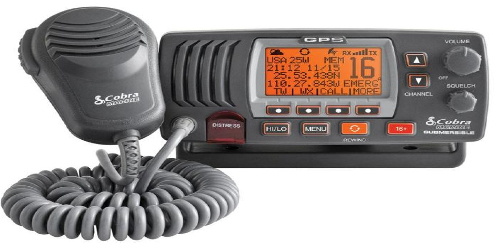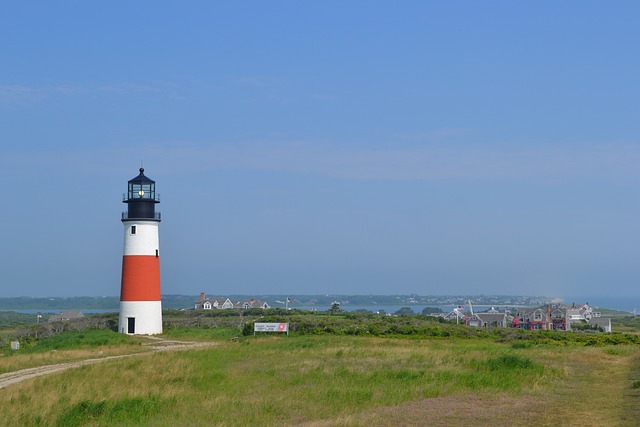The Plight of M/V Royal Majesty

Source Capt. Henry E. Marx USMM President
There is a lot that can be learned by other mariners' mistakes. One particular marine accident comes to mind could have been avoided by better decisions, more training and experience, and less fatigue. These "errors" are unisex and apply to both power and sailboats, regardless of vessel size.
This accident and resulting loss of vessel were caused by:
- Poor bridge management and navigational complacency.
- Lack of proper equipment maintenance.
- Lack of proper watch keeping and fatigue.
The cruise ship Royal Majesty left Bermuda for Boston on her regular passage on 9 June 1995. Two days later she hit the Rose and Crown Shoal just off Nantucket, MA–17 NM off course! How could this happen in the "age of electronic navigation" with a licensed and qualified bridge crew?

Apparently 52 minutes after clearing Bermuda, the antenna lead on the GPS receiver became unplugged when someone stepped on it while topside. This event sounded a brief alarm on the bridge, which went unnoticed in the activity of clearing the harbor. The GPS, as it was supposed to, shifted to the dead reckoning mode and a small "DR" appeared in a corner of the screen. Apparently this too went unnoticed…for the next two days! What this meant was that the GPS readout was based on elapsed time, and the ship's last known heading and speed, rather than the satellite readout of the ship's actual position.
As of that moment, the effects of the Gulf Stream current, wind, waves and steering errors were no longer factored into the screen display of the ship's position. However, the Loran C receiver mounted on the bridge continued to give a proper position fix, which, as time passed, grew farther away than shown by the GPS display.
Approximately 34 hours later, a fishing vessel off Nantucket saw the cruise ship "where she should not have been" and tried to warn her on Channel 16 VHF, but the Royal Majesty did not acknowledge the call.
(I might note here that I was recently on the bridge of a ferryboat that was hailed on VHF 16 by an 85-foot motor yacht concerning a right of way issue entering a harbor. For reasons I will never understand, the bridge crew chose to ignore the call and did not respond or acknowledge it. I believe they were either not paying attention or did not feel it was important "because they were the Island Beach Ferry and this was their harbor". This is not a long-term way to operate a vessel! I might also add that particular crew did not return the following year.)
Shortly thereafter, the Royal Majesty "struck"! What happened? Why did she hit the Rose and Crown Shoal, a few miles south east of the Island of Nantucket?

Here are the facts and clues that were missed by the bridge watch:
The Boston Traffic Separation Lane that runs southeast of Cape Cod is divided by a series of flashing yellow buoys, none of which were in sight by Royal Majesty but would have been if she was where she "was supposed to be".
- The lookouts did see the red flashing lights on the Nantucket Loran C Towers, which should have been 30 miles away and invisible due to the curvature of the earth.
- The Sankaty Head Lighthouse (a 7.5-second flashing white light), with a visible range of 24 nautical miles, was visible 10 miles away–much too close!
- The water had changed color, as had the wave action, indicating shallow water.
- The radar, which was set on the 6-mile range when it should have been on the 12- to 15-mile range, would have clearly shown the wrong buoy patterns, as well as Nantucket Island.
- The Fathometer alarm, which was set at 0 to avoid unnecessary false alarms while at sea, should have been reset before approaching the Traffic Separation Lane and proximity to shore.
Also, the minimum depth in the Traffic Separation Lane is 50 feet, significantly more than was showing prior to the grounding.
- There was no indication of increased vigilance by the bridge watch as they approached a potentially busy Traffic Separation Lane and land.
- There was no crosschecking of the GPS position, the Loran C position, the Fathometer reading, or the radar, any one of which would have raised an alarm.
After all, these officers had made this run many times; it was "routine". In short, they had become complacent. Fortunately, there was no loss of life, no one was injured, and there was no oil spilled; however, the accident did cost the cruise line over 7 million dollars!